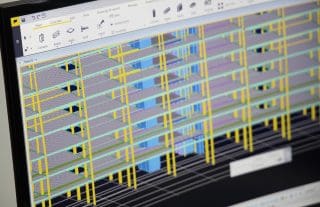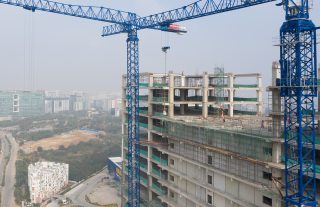What to think through in designing precast concrete buildings?
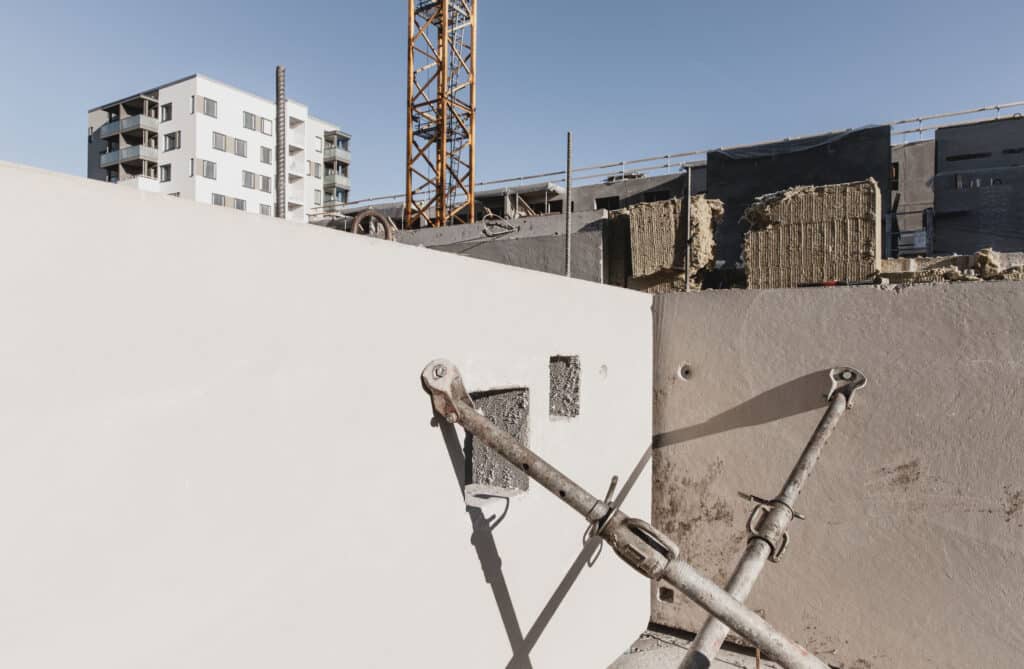
Precast concrete provides efficiency, versatility and durability to a wide range of structures. To make the most of precasting, the design and the industrialized production process need to be thought through in advance.
BASED ON KIM S. ELLIOTT’S ARTICLE
Precast concrete is widely regarded as an economic, durable, structurally sound and architecturally versatile form of construction. The precast industry also makes continuous efforts to keep up with the demands of modern society.
Precast is still often misunderstood to be another variant of cast-in-situ construction, which leaves many of the benefits of precast technology unleveraged. To achieve the best results, a design should always use the specific demands of the intended structure as its starting point. This is one of the fundamental design principles of precast technology.
Most buildings are suited for precast concrete construction. Buildings with an orthogonal design are of course ideal for precasting because of the inherent regularity and repetition in their structures, but the idea that precast concrete lacks the flexibility needed for other designs is a misconception. Modern precast concrete buildings can be designed safely and economically, with a variety of layouts and with considerable variation in the treatment of elevations.
”The important thing is for the consulting engineer to engage the precast designer and manufacturer early in the project, so that the details of how to prefabricate, where to make the connections, how to provide structural stability and robustness can be explained to the consultant, who should then inform the architect of where he can or cannot make changes”, says precast consultant Kim S. Elliott.
Share this article
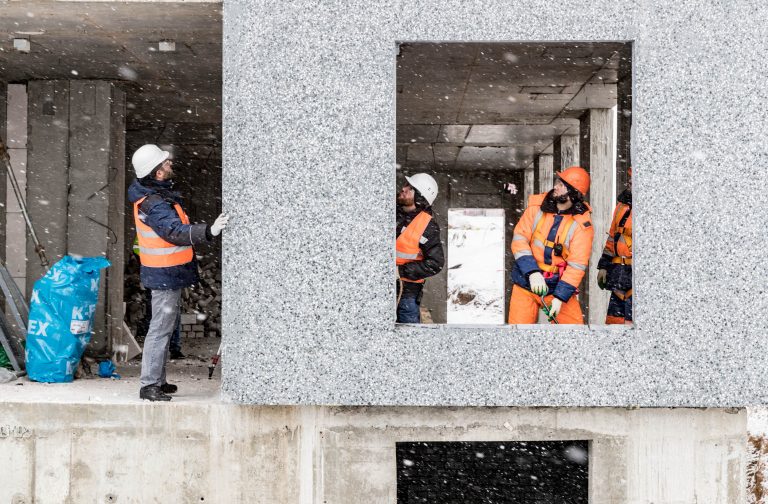
How to get the best results?
Good organization of the project team and design routines are very important in precast concrete. It is recommended that all information about the design, building information model (BIM) and
production is made available to the client, architect, consulting engineer, service engineers and all other disciplines to give unified guidance to the entire team.
The best design for a precast structure is one that is conceived as a precast structure from the very start. It should not merely be adapted from a traditional cast-in-situ design.
The specific design philosophy of precast structures involves large spans, structural integrity and specific stabilizing systems. It also includes standardized solutions such as modular design, standardized products and internal standards for details and work procedures. Details that are too elaborate or vulnerable should be avoided.
Dimensional tolerances need to be taken into account. Precast concrete products inevitably present differences between the specified dimensions and the actual ones. These deviations must be recognized and allowed in the design, although in an up-to-date production facility with technologies such as the FaMe system, the differences can be minimized.
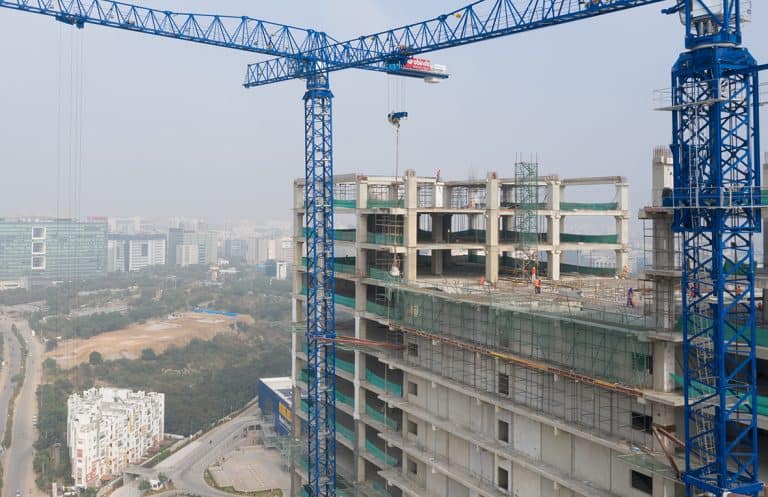
Precast concrete production is an industrialized process. This is an advantage that affects every stage of the design and construction, enabling quick long-line production, the use of standardized components, the calculated positioning of details and uncomplicated documentation. The focus must be on careful design and planning, and information needs to be distributed well in advance. Last-minute modifications are a surefire way of introducing problems. The focus must be in careful design, planning and distribution of information well in advance.
”The architect should be made aware that last minute changes, such as adding a big hole in floor slabs, are not permitted when the lead-in times are agreed. The precast elements are being made three months before construction starts. Planning and communication has to be made early on with everyone involved.”
WHAT TO THINK THROUGH WHEN MOVING TO PRECAST TECHNOLOGY?
Elematic Vice President Design Vaibhav Singhal discusses the topics one should consider when moving to the precast method in construction projects.
ELEMATIC DESIGN SERVICES
ORDER OUR NEWSLETTER OR CONTACT US
or
